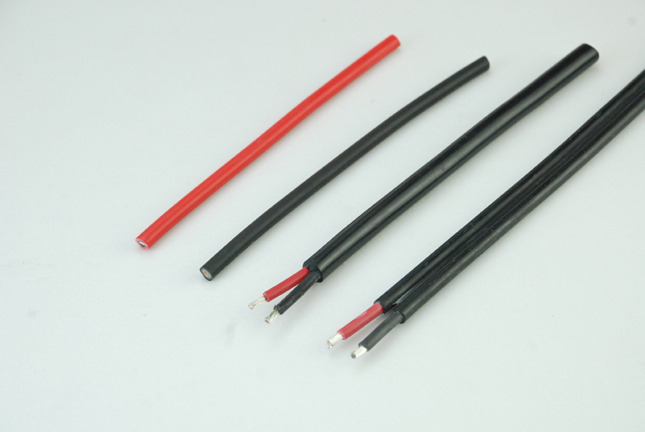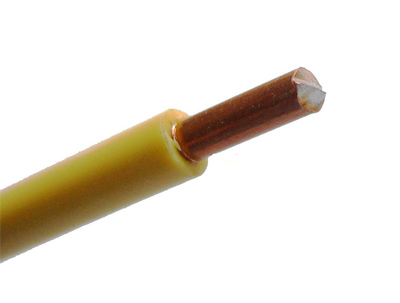BTTZ mineral insulated cable
1.BTTZ cable structure
Its structure is: 1. Solid conductor; 2. Magnesium oxide mineral insulation; 3. Copper sheath.
2. Performance characteristics of BTTZ cable
The advantages of BTTZ cable are: it is a non-combustible cable with excellent waterproof performance and radial waterproof and moisture-proof function.
The disadvantage of BTTZ cable is: (1) first of all it is not suitable for moving occasions, copper pipe once damaged insulation performance will rapidly decline, and the insulation performance under high temperature will rapidly decline, so the project should not be used in large quantities; (2) Secondly, this cable due to magnesium oxide insulation is easy to absorb moisture, cable longitudinal moisture-proof requirements and from metal sheath damage is particularly important, end sealant, will seriously affect the service life; (3) In addition to the manufacturing process also limited the cable manufacturing length, resulting in increased joint, joint waterproof treatment is also very difficult, often because of the joint water, resulting in unqualified insulation resistance.

YTTW mineral insulated cable
1.YTTW cable structure
(1)Copper conductor. (2)High temperature (1375℃) will not burn the inorganic (mineral) insulation with insulation. (3)Outer copper sleeve.
2.YTTW cable performance characteristics
Advantages: metallic sheathed inorganic mineral insulated cable. Is a flexible fire cable.
1. Fire resistance
Copper and magnesium oxide, two materials used in mineral insulated cables, are inorganic. This cable does not burn or assist combustion and can continue to operate under conditions close to the flame. The copper sheath melts at 1083 ° C, while the magnesium oxide insulation solidifies at 2800 ° C.
2. High operating temperature
Mineral insulated cables can withstand continuous operating temperatures up to 250℃. However, in an emergency, the cable can continue to operate for a short period of time at temperatures close to the melting point of the copper sheath.
3. Long life
The inorganic materials used in mineral insulated cables can ensure the cables have stability, long service life and fire resistance.
Shortage: YTTW cable, first of all, its sheath USES copper sheath, with copper increased production costs. The cable with a larger section is still hard and not flexible enough, so the larger section (greater than 630mm2) cannot be produced and cannot meet the requirements of large current of the system.

Comparison of YTTW cable and BTTZ cable performance
1. YTTW– Flexible fire cable;
BTTZ– Rigid fireproof cable.
2. YTTW– Unlimited cable manufacturing length;
BTTZ– Cable is limited by manufacturing process, conductor section is small, manufacturing length is short.
3. YTTW– Meet the requirements of design and construction acceptance specifications;
BTTZ– It is mandatory to meet the requirements of “No joints in the middle of cable Lines” in Cable Design Code for Power Engineering, “Avoid intermediate joints” and “Reduce cable joints” in Electrical Design Code for Civil Buildings and “Code for Construction and Acceptance of Cable Lines in Electrical Installation Engineering”.
